The vast majority of above ground swimming pools are built directly on the ground. In some areas of the country the ground is too hard as it is mostly rock or hard clay. These areas have to be dug up and/or chipped away into a flat area and then sand or limestone is brought in for leveling. In these areas, the price to have the pool installed is considerably more because machinery and materials are needed to get the ground level and the pool’s bottom flat and smooth.
Here in Central Florida (yeah, that’s where I am), installations are easier because our earth is mostly sand. I use a skid-steer machine to level the ground, because I’m now older and smarter, but most installers don’t use a machine. I always state that when you are installing an above ground pool, preparing the ground is half of the job. Preparing the ground and pool’s bottom requires most of the craftsmanship.
It is truly an art form when it comes to getting an above ground pool’s bottom flat and smooth using just the earth and/or added material. After about 25 installations, most new installers have learned to build an above ground pool’s structure pretty well and can even get the liner somewhat free of wrinkles too. Making a smooth and flat bottom is a different story. I have to say it probably takes an installer who values quality a couple hundred installations before he becomes somewhat proficient at making a nice flat pool bottom.
A flat, smooth pool bottom isn’t a must-have, but it does make your pool much nicer to use and keep clean. Above ground pool bottoms with sharp objects pointing up, and bumps and dips and footprints usually won’t cause any issues. It will only feel different to your feet and be more challenging to vacuum. Simply using an OK installer instead of one with twenty-nine years of experience (shameless self-promotion) will make all the difference if you want to have a nice pool bottom.
So why all this talk of earth-based pool bottoms when the title of this blog post is about installing on concrete? Well, I’m just getting you prepped for why you would consider putting your above ground on concrete. It’s really rare for people to decide to install their pool on concrete mainly because of the cost. There are advantages to doing this so if you are thinking about it and have the money, then here are some things you need to know.

Five Reasons Why You May Want to Install Your Pool on Concrete
Let’s start with why most people elect NOT to install their pool on concrete. The reason is – money. Concrete is expensive! It is really expensive. How much you ask? Well, it’s hard to say exactly as it depends on the size of the pool, what town you live in, and what your earth consists of and how much leveling is required. Keep in mind that you still have to prepare the ground by making it level to within at least a couple of inches or less so whatever that takes will add to the price. The price of concrete and concrete work varies. It depends on where you live. So, to find out a ballpark figure, call a couple of concrete guys and ask about the price for about a 500 sq ft level slab (that’s good for about a 24’ round pool). When you are done shrieking, remember I told you it’s pricey.
1. A Concrete Pool Bottom Is Nicer Than an Earth Bottom
If you only read the headlines of this blog post, then go back and read the beginning. I am an artist at making an earth or sand bottom clean and smooth and flat, but even I am no match for concrete. Concrete starts out like liquid and then slowly gets harder and harder. This is why you can get it really flat and smooth.
2. Nutgrass Cannot Grow Through Concrete
In a lot of areas, nutgrass or nutsedge (look it up) is an issue for above ground pools. I’ve seen nutgrass grow through heavy-duty tarps, gorilla pads, high-density foam boards, and then of course, pool liners. Some products boast that they can prevent nutgrass from damaging pool liners and maybe some can. Who knows? There is one thing I know for sure and that is nutgrass cannot grow through concrete. Period.
3. Moles Cannot Cause Ruts in Concrete
Moles don’t pose a huge problem for above ground pools, but for some they are a destructive pain in the bottom. They can burrow under a pool and cause trails and ruts everywhere messing up that beautifully smooth bottom I made. It’s rare, but over the years I’ve had a few pool owners have no choice but to pour concrete for their pool bottom because of their extreme mole problem. It’s an expensive fix, but works 100% of the time.
4. The Shifting of the Earth, Decomposing Roots, Horned Nosed Beetles, Termites, and Ants Can’t Affect a Concrete Bottom
This is a general reason. The earth is a dynamic place that has movement and living things that move and eat and destroy. A concrete barrier between the liner and this environment blocks all of earth’s drama.
5. Concrete Doesn’t Wash Away
Above ground pools usually don’t have many issues with leaks until the liner gets old and brittle. At that point it’s time for a new liner so it’s OK for the leaking water to wash some of the smooth earth away as the bottom can get resmoothed when you change the liner. Leaks can happen earlier than that though and they can cause divots in the pool’s earth bottom. It’s not a big deal but it does take away that nice flat bottom you started with in some areas. Concrete doesn’t wash away. No matter how much the pool leaks, a concrete bottom will never change and will always be as flat and smooth as it was on day one.
Getting a Concrete Bottom for Your Above Ground?
Here is some information you’ll need.
- It doesn’t matter whether you get a brushed or smooth concrete bottom. You are going to need foam coves and a liner guard/gorilla pad. Liners that sit directly on concrete are problematic and cause leaks.
- Planning on using an existing slab? Remember it’s got to be level. Outdoor concrete slabs all have slopes for rainwater to drain away. If the slab has a slope that is greater than an inch, you’ll somehow have to make it level.
- Pour the concrete slab first and then build the pool on it. Don’t build the pool and then pour concrete inside the pool’s wall. Why not? Ask me at notagoodidea.com.
- Make your slab level and at least a foot bigger all around than the dimension of your pool’s size. Example: A 24’ round pool should have a 26’ round concrete slab.
- Planning on putting an oval-shaped pool on concrete? Don’t bother. It is too much of a pain.
- You’ll absolutely need to have a lot of cash or credit.
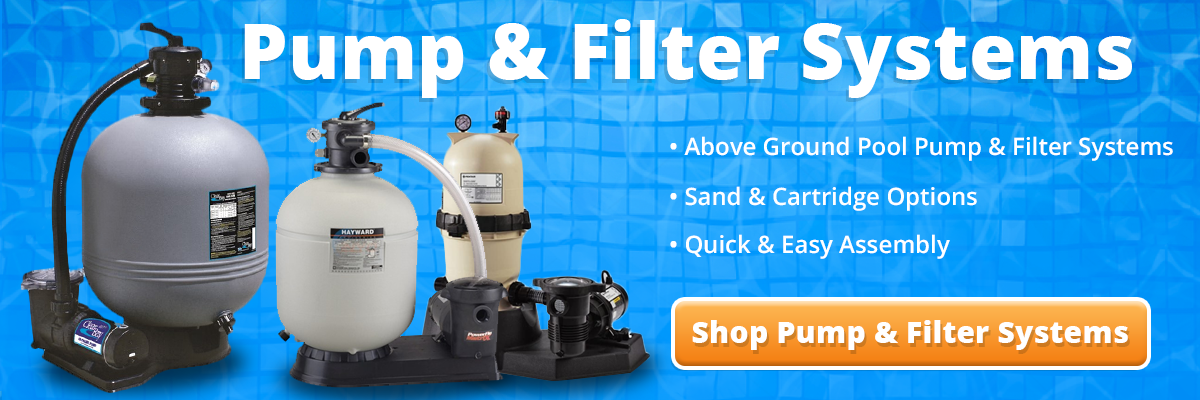
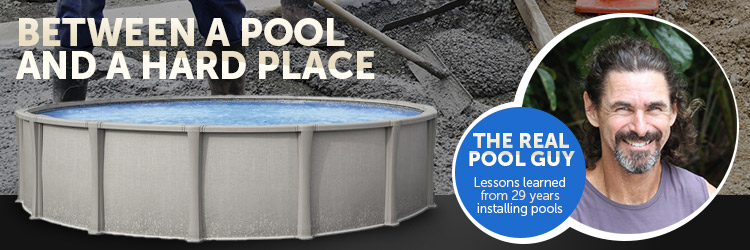
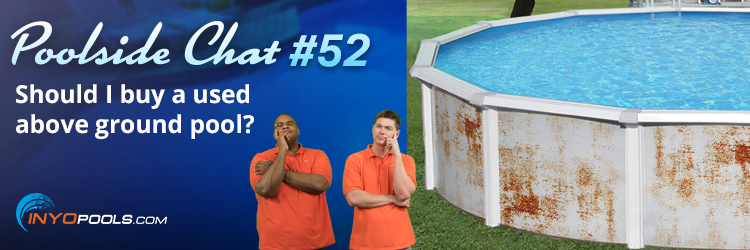
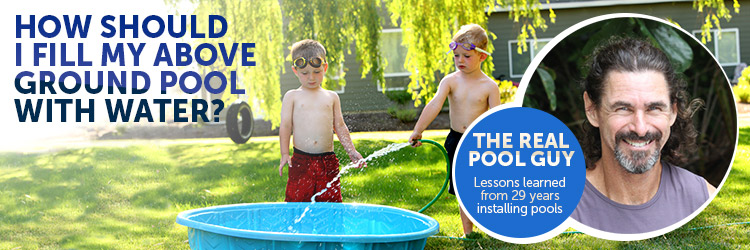
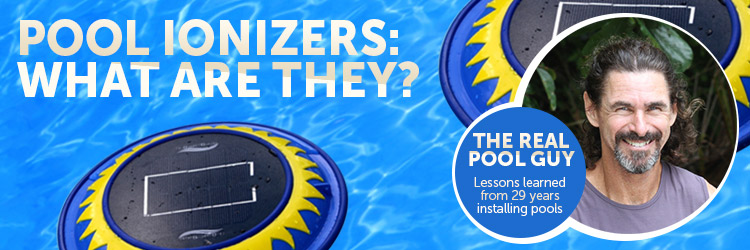
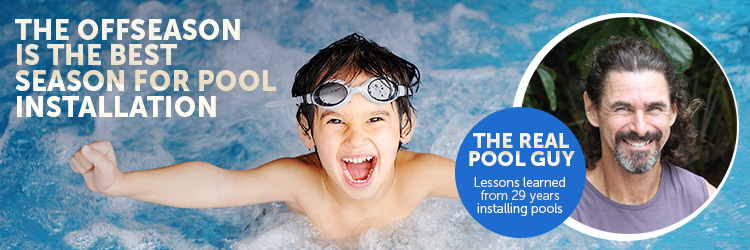






Hi, I’m planning to install a 20’ x 48” round Intex pool on a 24’ concrete pad (existing from old silo). What is the best pad/liner to put under the pool, to protect the actual liner and to provide soft feel? Also, I noticed that you recommend the foam coves. Why is that and can we just get any 20’ round foam cove? Thanks!
Hi Dan,
Are you still installing pools these days? Wanting to put an above ground pool in and have no idea what to do or where to start. Would love if you could install our pool. 🙂
Where can I purchase an above ground 12’x15′ fiberglass pool that i can just unpack and set in place? Pintrest show pictures online but no prices or location
I have an existing pitched concrete slab was going to build a sandbox to level it off For intex pool 24×12
Do I have to put something between the concrete and the sand like a tarp for keeping it from escaping
Is there anything else I have to do or do I
We moved into a house that had an above ground pool that the previous owners let go in a bad way. After we tore everything apart we discovered the pool was on a cement slab. The slab has major cracks through the entire thing. Would you recommend pouring concrete over this to get it level, or rip it out and start fresh with either a new slab or sand?
Hi Dan,
I am also considering putting a pool on an existing slab. What about bonding? Still necessary? If so, how would you go about that?
I have a concrete “picture frame with concrete decks on 3 sides and 12″ x 18” tall solid concrete retaining wall,on the far “long” side. We’re going to a 14/15′ x 28/30′ (old 12 x 24) I was going to just concrete the center until I realized the same thing…buttress parts . Can I just leave a channel for the buttress plates and cover them with sand? We are putting padding/coving in also???
I am looking to put up a 15×33 soft sided pool on a recently made paver patio. Is this a possibility? I am concerned the weight of the pool will cause the pavers to sink.
It will not as long as the pavers were installed properly.
Looking forward to your response Dan! This is exactly what my husband was thinking trying for our upcoming pool build. Thanks!
Dan, I am recovering a 24′ round pool that had the wall bottom edge crushed upward by frost heaving this winter.
A concrete base seems like the best measure to prevent this.
Why not pour a ring, 26′ outer diameter and 23′ inner diameter with 4″ depth? Not a full 26′ disc.
My math tells me 1 cubic yard of concrete would do it,, dramatically lowering the cost.
Thoughts?
Sorry. I know nothing about preventing damage from frost heaving. I live in Florida and learned to surf instead.
Do you have to go a couple of inches in ground for an above ground slab cement for a pool. Or can cement slab be above ground?
It can be on the ground.
Can I fill the deep end of an above ground pool with pea gravel, level it with a layer of concrete and finish off with a layer of vermiculite and cement before putting a new one depth liner? (i.e. no deep end) It’s a 32′ x 16′.
Yes you can. Sounds like overkill but sure. I like overkill.
I am thinking about putting a pool inside an 800sf shop.
It has a concrete floor
Why is it better to pour the concrete first and then install the above ground pool?
if the walls are put up first.. that means they are on “ground” and not concrete.. soooo, the concrete gets poured into the pool area and “sets up’ against the walls? so the pool is not really sitting on concrete.. i am concerned about my pool because this is how it was installed…
So that means if you ever want to take down the wall of the pool, you will have to tear up the concrete in order to get the wall & legs out of the concrete! That was done wrong in my opinion.
I’m having a 18′ slab poured for a 18′ Intex round pool. 1st do I need to have the slab exactly 18′ or a few inches bigger? I was told with the legs it’s right at 18′. Also the concrete company recommends a 6″ slab @ 4000psi. The weight of water is 58,222 lbs. I was thinking a 4″ slab @ 3000psi would be sufficient. Is this right? Ps. I live in sw texas.
Yes I think a 4″ poured slab is more than sufficient.
We are preparing to install a 28′ Doughboy on a 32′ round concrete pad. Is 4000 psi mix, 5″ thick and #4 rebar and cure n seal overkill or just right? We are working with a great concrete contractor but neither of us really know what types of requirements and thickness is needed. Another concrete contractor who installs pools mentioned using Pool Krete but with this being for an above ground pool, I didn’t know if that was normal/necessary instead of concrete. We have a mole worry and want a quality built but unnecessary expense with the pour. We will be using a liner pad and cove. Thanks in advance!
Yes I think that is overkill but if you do that, you’ll be worry free. It’s rare(at least here in Florida) that people pour a concrete pad for their above ground pool bottom as it’s really expensive. I have seen people pour only 2″ think concrete with no steel mesh and it be fine. In that case, there may be some bigger cracks later on but nothing too bad. Keep in mind that you are doing this only to prevent mole damage. An above ground pool can install directly on the ground and requires no additional bottom support(other than the coving) and it will stay in place. What’s most important when pouring a concrete pad for your pool is that the pad be really, really level as the pool wall will be sitting directly on it.
Is concrete really expensive- is it more than pavers? (Young homeowners)
Pavers are typically more expensive than poured concrete per square foot but I’m not sure what you mean in terms of a pool install. We use single pavers under each upright(for leveling and shape) and it’s rare for someone to make the entire bottom of their pool using pavers or concrete.
I have had my 24′ round steel sided pool for a year and a half. At he end of last year about 3 moles moved in under the side of pool causing the weight of the water to cave in the trails. This year this moles came back with a vengeance. I probably have 20 different cave-ins under the pool. I am in MO , on a farm that will never be rid of the moles unless I do the “Cadyshack” thing. I am just looking for some help with my options, if any. Thank you from an old retired GI.
Hi Dave. Just this week, a customer of mine said he stopped moles from going under his pool by burying mothballs about a foot down and all the way around the pool. Give that try.
Sorry, guess I forgot to ask my question. Do you think roofing shingles can work to level the patio? Will the bottom of the pool be too bumpy?
We just bought a 15′ x 52″ round steel wall pool from Doheny’s. We plan to put it on a concrete patio that measures 15′ x 20′. There is a slope which a neighbor measured at 4″, but my husband thinks is more like 1.5″ to 2″ according to the water level of a previous more inexpensive pool we had on the site for 6 years . I’ve been researching how to remedy this slope issue. One person suggested using roofing shingles to build up the low end. We do have a pool pad and coving. We don’t mind if one side of the pool is a little deeper, but don’t want to risk damaging the integrity of the pool. Thanks
It’s important to get the wall of the pool level. The pools bottom doesn’t matter much. Four inches is a lot to be off though so definitely use whatever to jack up the wall on the low side of the patio to make it level with the high side. Roofing shingles should be fine as long as you have the foam cove and pad.
The area we want to install our pool is half concrete and the other half is grass. If we remove the grass..can we put a layer of topsoil over the concrete to level it and then cover with sand?
Yes that’ll be fine. I don’t think you need both sand and top soil though. I’d leave the concrete exposed and then bring the earth side up to match with sand or top soil. You could make the earth side bottom an inch or so higher to allow for the weight of the water to push it down some. Make sure and use foam coving and a liner pad.
What would you suggest to use for leveling the wall (shims) on the sloped side of the concrete, Approximately 1 to 1-1/2″ slope ?
And then use cove base for the sides and just have a deep end bottom from 0 to 1-1/2″ ?
Something that won’t quickly rust or rot. Pieces of gavanized steel as shims under each bottom connector (on the low side) would work well. And then, yes adjust the foam coving accordingly. Don’t forget a liner guard.
Can you level slightly uneven ground with crushed limestone and use it to shim up patio blocks?
You can for the bottom but I probably wouldn’t use it as shim material under the bottom connector plates(patio blocks). You don’t want anything that might be able to wash away.
I wanted your advice , if we put a large oval pool on a level concrete slab, could you possibly put padding, foam under the pool liner to compensate for the difference in the track and the buttresses?
I have a Legacy soft side 18’×52″ pool with a 50mil liner. I was thinking of installing it on an existing slab instead of building a sand box for it. My current slab is 16×18 so I’m going to have to expand it somewhat.
I have 2 questions.
1. Do I need a liner between the pool and the slab?
2. Do I really need to pour a 4″ thick slab?